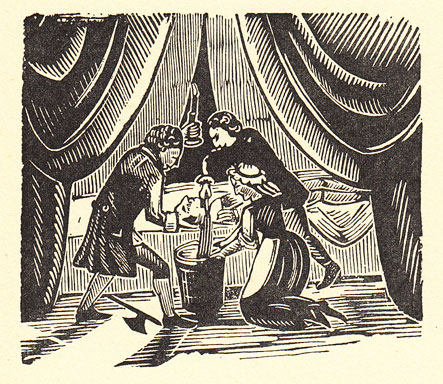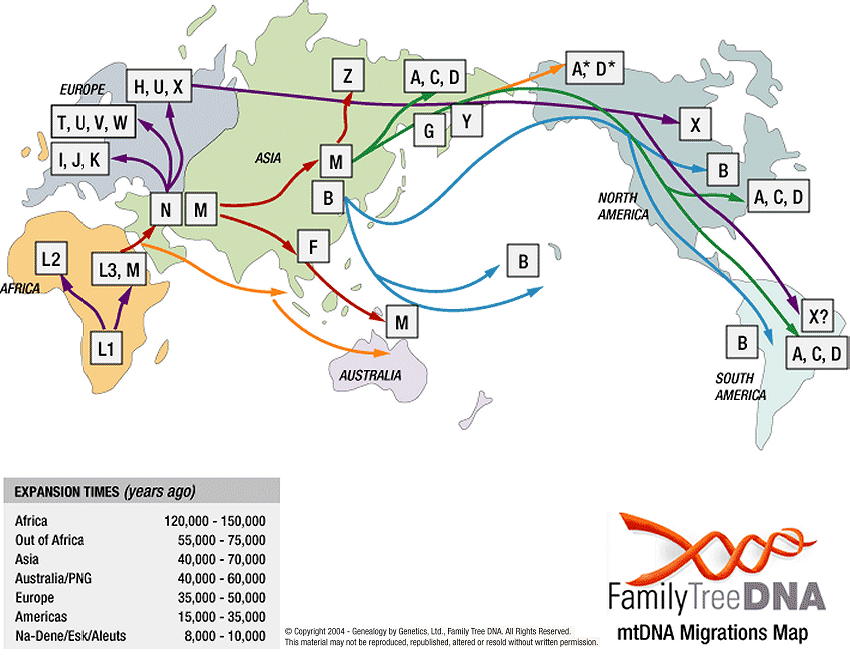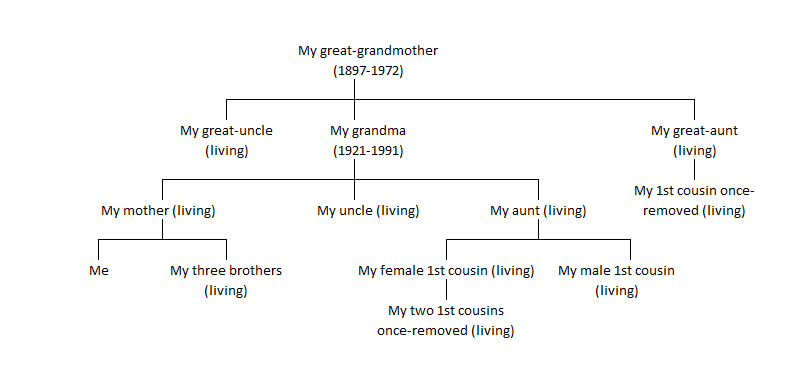My friend Anna asked me what I think about the DNA testing which apparently “proves” that Aaron Kosminski was the infamous Jack the Ripper. I posted a Facebook comment in reply, and it was such a long comment that I thought, do you know what, I think I may as well blog this. So here it is (slightly amended).
I should point out that Russell Edwards, a self-proclaimed armchair detective, says this is case-closed. I am a self-proclaimed chaise longue detective, who is usually more interested in the Essex arsenic panic, but I shall don my deerstalker anyway, and go for a gallop about the foggy backstreets of late 19th century Whitechapel… (a stone’s throw from where two of my great-grandparents were living at the time).

I’ve been thinking this isn’t case closed. Apparently one source,[1]Sorry, not to hand – but various Ripperologists have said there are a couple of notes in the police’s “Ripper” files to say that someone called “Kosminski” was a … Continue reading says that Kosminski (or at least, someone resembling him) was seen near the scene of one of the crimes (possibly Eddowes’ murder?), so his semen being on her shawl doesn’t prove anything other than… he got his semen on her shawl.[2]I’m sorry to be blunt by stating exactly what the DNA source was, but we are dealing with a serial killer who went after sex-workers, so hopefully readers who’ve got this far won’t … Continue reading Eddowes was a prostitute, after all, so Kosminski may have been her customer, and then someone else murdered her.
I have in the past thought him a likely suspect, given that the crimes stopped after he was put in an asylum, but that’s really my only reason for thinking why. I don’t have a favourite suspect, although my brilliant history teacher, M. R. Trow (who writes novels about Inspector Lestrade), came up a with a convincing theory that the killer was a mortuary attendant. As an aside, my dad went out with a woman who is related to one of the other suspects – I think it was Sir William Gull, from Thorpe-le-Soken.[3]You knew I’d get Essex into this somehow, didn’t you?
Mitochondrial DNA
As to the DNA evidence, they’ve used mitochondrial DNA (as was used to identify Richard III – it is inherited matrilineally, that is, mother to child). In the Radio Times article I’ve read, they tested living female relatives: a descendant of the suspect’s sister was tested. Unlike autosomal DNA (which tests across all chromosomes and uses particular markers on them), mtDNA (like Y-DNA) isn’t exclusive to just one person. People are commenting on this story to say “But DNA evidence proves it was him!”, presumably because they’re thinking of all those CSI programmes, which would use autosomal testing. MtDNA doesn’t work like that – it cannot identify just one specific person.

My mtDNA haplogroup is H1g. When I first had it tested, I just did a basic test, which gave me H (ironically, given that my name is Helen, this is known as ‘Helena’). I tested again to have the full haplogroup (H1g) and I’ve traced it back on paper to my 5 x great-grandmother, Mary Pearce, who was born in Wales in about 1760. H1g is not that common in the UK and is found more often in Scandinavia, as you can see from the map above. That said, with Vikings and their chums populating the British Isles, Scandinavian DNA in British populations shouldn’t be unusual (and also, I would imagine, Scandinavian matrilineal DNA might back up the theory that women accompanied Viking men to the UK).
My dad’s mtDNA haplogroup is J1c1c (a father does not pass on his mtDNA to his children) and Richard III’s was J1c2c. This means (as far as I know from looking at mtDNA haplogroup trees) that at some point, my dad and Richard III had a common matrilineal ancestor with the haplogroup J1c.[4]I should say “at least one”, I suppose: human beings are all related to each other if you go back far enough. We all share one ultimate, matrilineal female ancestor, known as … Continue reading As the generations go by, mutations occur, which change the haplogroup – so that J1c generated J1c1c and J1c2c. I couldn’t tell you how long ago this happened, or how long ago this common ancestor lived – one or two thousand years? More? The furthest I’ve traced my Dad’s female line back is to the Isle of Man in the 1700s. The island was populated by Norsemen, a lot of them from Iceland, so perhaps my dad’s link with Dicky is something to do with Normans being from Scandinavia originally.
“Jewish” DNA
Another thing which makes this evidence unreliable is Kosminski’s ethnic background. Bearing in mind he was a Polish Jew, it is I suppose very possible that he wasn’t the only man in the East End of London at that time with that particular mtDNA haplogroup. Think about how many people share your great-grandmother’s mtDNA haplogroup. There are fourteen people alive today, including me, who I know must have the mtDNA haplogroup H1g from my great-grandmother, as this tree demonstrates:

I can also extend this further by including descendants of her sisters, and go back up into my tree to find even more… but I shall spare you, for now. Especially with the “Jewishness” of a child being determined by the mother, I would suppose that there aren’t as many mtDNA haplogroups in Jewish populations as there are in other ethnic groups. There have been many studies into Jewish DNA. Wikipedia has a handy summary, one of which suggests that “about 40% of the current Ashkenazi population is descended matrilineally from just four women” two thousand years ago.[5]My own autosomal DNA contains mutations which are found in studies of Ashkenazi groups, which backs up my grandad’s assertion that he has Jewish ancestry.
Kosminski’s mtDNA haplogroup was T1a1. Tom Head says that “On average, 4% of the population shares your maternal haplogroup. Kosminski’s T1a1 haplogroup may have been uncommon in late 19th-century Britain.” A couple of points to make here: first of all, if it was rare in the UK as a whole, it possible wasn’t that rare in the East End, where many people from Eastern Europe lived at the time. Secondly, have another look at the mtDNA map: T hovers about Germany and Eastern Europe, which would make sense considering Kosminski’s birthplace. But as I said above, my mtDNA is in Scandinavia on the map but was in Wales in the 1760s.
The shawl itself
The shawl is apparently of Eastern European manufacture, and was expensive, so the theory could go “Well, what was Eddowes doing with that, so therefore it must be Kosminski’s.” But the fact that it’s Eastern European and expensive doesn’t automatically mean that it belonged to Kosminski.[6]Russell Edwards’ theory first appeared in the Daily Mail, a newspaper renowned for posting, shall we say, unfavourable stories about immigrants. Being able to prove that one of Britain’s … Continue reading As mentioned above, he wasn’t the only person in the East End from Eastern Europe, and Eddowes may have been given it (by a customer? or charity outreach?), or stolen it, or got it second-hand cheaply from someone who didn’t realise its worth. It could even have been dropped by a passer-by – we cannot conclusively say that it belonged to Eddowes or Kosminski.[7]The provenance of the shawl seems rather dubious, too: it doesn’t appear in the original inventory of the crime scene.
And the test proves…
So what I suppose I’m trying to say is, the test proves that semen belonging to someone with the same mtDNA haplogroup as Kosminski is on the shawl, but we can’t say it’s his.[8]And that’s if it wasn’t cross-contaminated by the people who collected it. Nowadays, crime scenes are dealt with in such a way that cross-contamination can be avoided, but back in 1888, … Continue reading It could be a distant cousin’s! Modern crime scenes use autosomal DNA evidence, because it can pin-point one specific person (although identical twins share the same DNA).[9]I am reminded of Patricia Cornwell’s fondness for DNA testing in her novels. In her book Portrait of a Killer, Cornwell tested the back of a stamp on a letter, purporting to be from Jack the … Continue reading If they have managed to get the mtDNA from the semen on the shawl, then they should also test it autosomally, but DNA degrades over time, so perhaps it’s only mtDNA that is still viable for testing purposes.
I think I might almost be brave enough to claim that identifying someone just through their mtDNA haplogroup is only slightly more accurate than testing by blood group. For instance, my curious friend Anna and I are both AB+.[10]Albeit, it’s one of the rarest blood groups in the UK – less than 3% of the population has it. Let’s say I murder someone and leave my blood on the knife (being congenitally clumsy, I cut myself on it by accident). Anna is AB+, and they pin the murder on her. We’d think that was a bit silly, but to be honest, that’s not far off what Russell Edwards is claiming about Kosminksi being Jack the Ripper.
When they identified Richard III using mtDNA, it was more accurate because they were using more evidence. They tested the skeleton, which showed signs of scoliosis (the humped back of legend) and indicated his diet (lots of meat, as eaten by the wealthy, which pointed to the skeleton being that of someone of high status). It was also in the space where the church we know he was buried in was once located.[11]And the letter K in PARKING was over where he lay, as if whoever painted the carpark somehow knew he was there by psychic… ok, that was just coincidence, you have to see that documentary about … Continue reading Even the facial reconstruction from the skeleton didn’t look too unlike portraits of the time (but then facial reconstructions can be rather tenuous). DNA to test the identity of a skeleton is, of course, quite different from using it to prove the perpetrator a crime with certainty.
So, Jack the Ripper, case closed? No, not at all: he still anonymously stalks the foggy alleyways of history, and always will.
Footnotes
| ↑1 | Sorry, not to hand – but various Ripperologists have said there are a couple of notes in the police’s “Ripper” files to say that someone called “Kosminski” was a suspect, and it’s Aaron who is usually identified by researchers. |
|---|---|
| ↑2 | I’m sorry to be blunt by stating exactly what the DNA source was, but we are dealing with a serial killer who went after sex-workers, so hopefully readers who’ve got this far won’t blanch too much at the word. “Male genetic material” is perhaps more tactful, but… let’s just get on with it, shall we? |
| ↑3 | You knew I’d get Essex into this somehow, didn’t you? |
| ↑4 | I should say “at least one”, I suppose: human beings are all related to each other if you go back far enough. We all share one ultimate, matrilineal female ancestor, known as “Mitochondrial Eve”, between 100,000 to 200,000 years ago. All mtDNA haplogroups are in fact mutations of hers. Note this is just the matrilineal line – “Eve” is not Biblical Eve and is not proof for Creationism. |
| ↑5 | My own autosomal DNA contains mutations which are found in studies of Ashkenazi groups, which backs up my grandad’s assertion that he has Jewish ancestry. |
| ↑6 | Russell Edwards’ theory first appeared in the Daily Mail, a newspaper renowned for posting, shall we say, unfavourable stories about immigrants. Being able to prove that one of Britain’s most notorious serial-killers was a Polish immigrant fits perfectly into their anti-immigration narrative. |
| ↑7 | The provenance of the shawl seems rather dubious, too: it doesn’t appear in the original inventory of the crime scene. |
| ↑8 | And that’s if it wasn’t cross-contaminated by the people who collected it. Nowadays, crime scenes are dealt with in such a way that cross-contamination can be avoided, but back in 1888, when Catherine Eddowes was murdered, they didn’t even know what DNA was. They weren’t even using fingerprints in 1888. The first conviction secured on fingerprint evidence was in 1902: “Harry Jackson was found guilty of stealing billiard balls from a house which, unfortunately for him, had freshly painted windowsills.” (Judith Flanders, The Invention of Murder, pp. 465, HarperCollins 2011). Moriarty, he was not. |
| ↑9 | I am reminded of Patricia Cornwell’s fondness for DNA testing in her novels. In her book Portrait of a Killer, Cornwell tested the back of a stamp on a letter, purporting to be from Jack the Ripper, for DNA. This is assumed to be mtDNA, and she said it proved conclusively that Jack was therefore Walter Sickert, but I think it’s an even bigger stretch than Russell Edwards’ shawl theory. |
| ↑10 | Albeit, it’s one of the rarest blood groups in the UK – less than 3% of the population has it. |
| ↑11 | And the letter K in PARKING was over where he lay, as if whoever painted the carpark somehow knew he was there by psychic… ok, that was just coincidence, you have to see that documentary about it! We can see coincidences everywhere if we look hard enough – there are people in my dad’s family who have scoliosis, but it doesn’t necessarily mean we have it because of that shared ancestor with Dicky 3 all those generations ago. |
